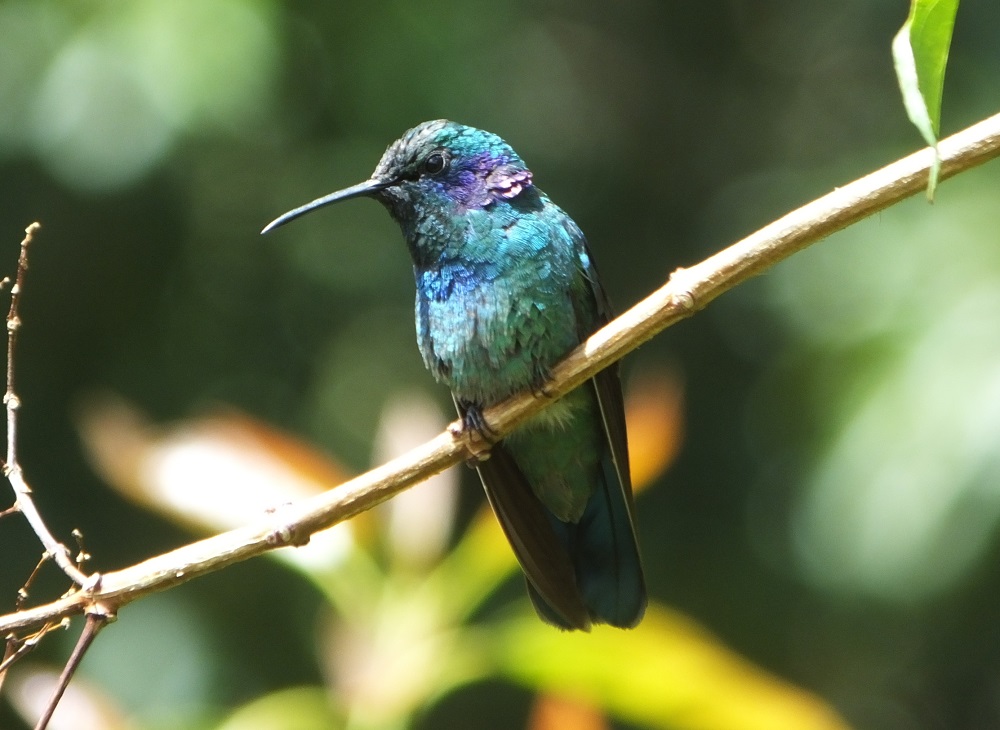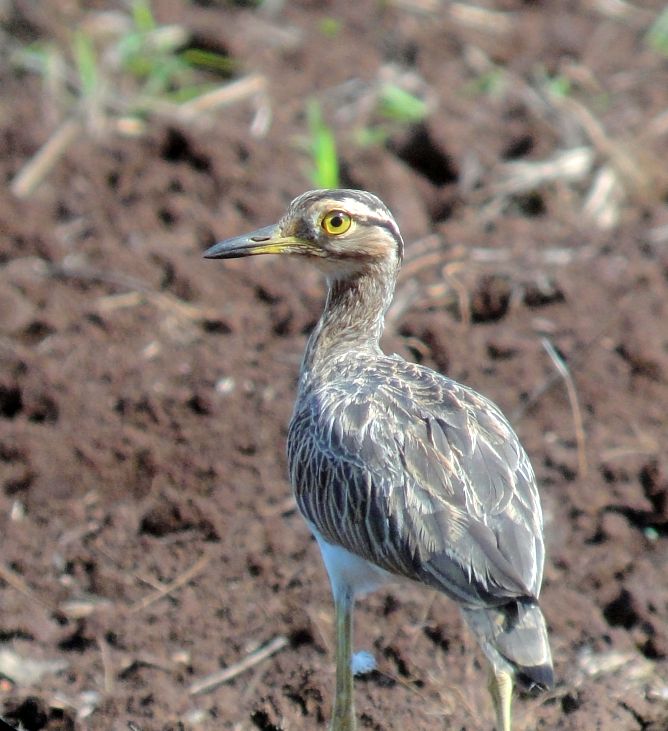Costa Rica birding covers a wide range of avian experiences. There are dry lowlands with Turquoise-browed Motmots and Double-striped Thick-Knees, backyard Blue-gray Tanagers, and toucans yelping from the tree tops.

And that’s just the tip of the iceberg.
There’s a whole lot of birds up in here, even uncommon species or ones that are hard to find no matter where you bring the binos. That’s what this post is about and although I’ve written a similar thing or two about birding on Irazu Volcano, here we go again.
Irazu is the name of this 11,000 foot volcano that rocks its way up the east side of the Central Valley. If you find yourself looking over that way while watching Crimson-fronted Parakeets, notice the big hulking mountain with distant antennas on top.
That’s Irazu and way up there on that natural behemoth, you can bet there are some quality birds. Here’s how things went on a recent Sunday morning of birding on Irazu.
Maroon-chested Ground-Doves
Irazu continues to be a reliable spot for this little mega dove. You will probably have to trudge uphill for it but don’t be fooled, the birds are there.
Often, I hear them as soon as I arrive at the Nochebuena but not this past Sunday. Things were actually a bit quiet for morning birding. Maybe the birds were feeling cold too? Could be, once the mist burned off and the sun came out, they eventually started calling.
Two, maybe three ground-doves hooted or cooed from the dense foliage. That’s par for the course for this pretty little dove. It vocalizes from a tree and if it thinks you see it, the bird pulls a shy woodpecker and moves to the other side of the trunk!
We kept watching and eventually got some brief looks of a perched male. Better views were had of two males in flight, one of which zipped low over the ground. I can still picture its dark, wine-colored chest contrasting with the dove’s ghost-pale head.
Costa Rican Pygmy-Owl and Buff-crowned Wood-Partridge
While we looked for the doves, another Irazu specialty called; the Costa Rican Pygmy-Owl. They are up there and it’s a good spot for them! However, they don’t always come out to play.
Sometimes, like this past Sunday, you only hear them from a distance.

Quiet often, that’s also the case for the wood-partridge. However, on Sunday, after hearing their hoarse calls echoing around us, we got brief but nice views of a couple creeping through the undergrowth!
Resplendent Quetzals
What do you know, Irazu is also good for quetzals. Seriously, I see Resplendent Quetzal on pretty much every visit. On this recent trip, I wasn’t hearing them, I wondered if I would finally miss the spectacular birds while birding Irazu.
But nope, they still showed up, at least four different birds including one wildly displaying male and another male that perched and called between bouts of feeding on avocados.
Long-tailed Weasel!
No, not a bird but Mustelids are mega too! Irazu seems to be a good place for wildlife, and I mean even on the side of the road. I have seen Coyotes several times, Gray Fox, and, on Sunday, we had perfect looks at a Long-tailed Weasel.
The elusive mammal bounded across the road in front of us, it was a treat!
Peg-billed Finch and Timberline Wren
After an early morning at the Nochebuena, we drove up to the paramo area just next to the national park. It was sunny, it was a bit windy, and it was bird quiet.

However, we still saw a pair of Timberline Wrens, one Peg-billed Finch, and other species easier to see. We did not see the junco but we weren’t really looking for it. They are around, hang out long enough up that way and you’ll probably see them.
Lots of Hummingbirds at the Nochebuena
Back at the Nochebuena, we stopped for lunch and enjoyed close views of the four expected hummingbird species. These are Volcano Hummingbird, Talamanca Hummingbird, Lesser Violetear, and Fiery-throated Hummingbird.

We had also see them on the trails but close, leisurely looks were even nicer!
An Irazu Sunday also Means People
Oh yeah, and we saw a lot of humans. Irazu is a big Sunday destination for locals. The Tierra de Suenos restaurant and other places were jam packed. That didn’t affect us because I’m partial to the Nochebuena anyways. Good food, nice people who support birds and birders…yeah, I’ll be dining at the Nochebuena.
Other people sightings included roadside picnics and selfie shots against spectacular above-cloud backdrops, a line of determined hikers walking up a high-elevation hill, a few cyclists, and too many motorcycles, a few of which were pulling wheelies while riding uphill.
If you aren’t into watching people, you might opt for another day to visit Irazu. However, if you gotta do the trip on Sunday, you’ll still see birds!
Birding in Costa Rica on Irazu is pretty easy but it’s still worth knowing where to go. If you’d like more details on where to go birding in Costa Rica on Irazu and pretty much anywhere else in this small birdy nation, get “How to See, Find, and Identify Birds in Costa Rica”.
You’ll also be supporting this blog while learning how to see tinamous, more trogons, and all the other birds in Costa Rica. I hope to see you here!












